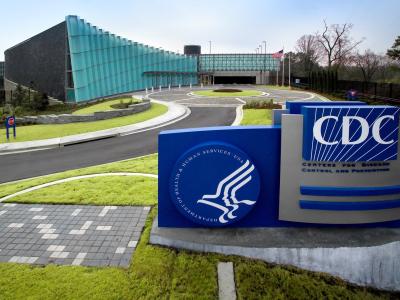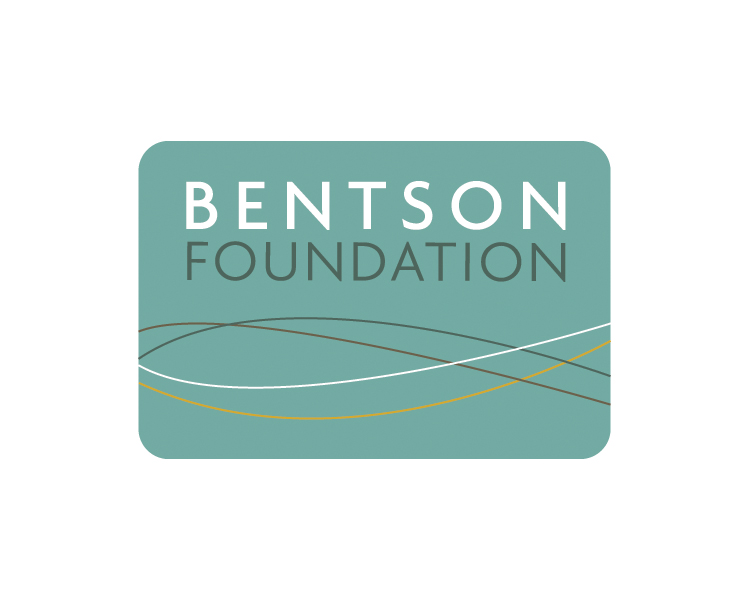Study: Vancomycin alone insufficient for pediatric influenza-MRSA
A small study in Clinical Infectious Diseases has found that coinfection with influenza and methicillin-resistant Staphylococcus aureus (MRSA) is associated with high mortality in critically ill children, and that mortality was more than five times higher in children who received vancomycin monotherapy, a finding the authors say supports treatment with additional antibiotics in severe cases.
For the study, the investigators prospectively enrolled 170 children with influenza infection and acute respiratory failure treated at 34 pediatric intensive care units from November 2008 through May 2016. They compared baseline characteristics, clinical courses, and therapies in children with MRSA coinfection, non-MRSA bacterial coinfection, and no bacterial coinfection. In addition to assessing clinical outcomes, they wanted to examine the use of antibiotic therapy in children with influenza-MRSA coinfection, hypothesizing that variability would be high and would be associated with mortality.
Thirty of the children were diagnosed as having MRSA respiratory coinfection, while 61 had a diagnosis of non-MRSA bacterial coinfection and 79 had no clinical diagnosis of bacterial coinfection. Influenza-MRSA was associated with more frequent leukopenia, acute lung injury, vasopresser use, extracorporeal life support, and mortality compared with either non-MRSA group. Influenza-related mortality was 40% with MRSA compared with 4.3% without MRSA (relative risk [RR], 9.3).
Overall, 29 of 30 children with MRSA coinfection received vancomycin within 24 hours of hospitalization, but mortality was 69.2% in those who received vancomycin only; in the children who received vancomycin and a second anti-MRSA agent within the first 24 hours, mortality was 12.5% (RR, 5.5).
"Although limited, this 'real-world evidence' on antibiotic efficacy in pediatric influenza-MRSA coinfection, a sporadic and fulminant disease with high fatality, indicates that vancomycin alone is insufficient for children in the PICU with acute respiratory failure," the authors write.
An accompanying commentary notes that while the study is small, "a potential mortality signal of this magnitude should give providers pause before treating severe disease with vancomycin alone."
Jun 9 Clin Infect Dis study
Jun 9 Clin Infect Dis commentary
Ceftazidime-avibactam therapy shows promise against resistant Klebsiella
Italian scientists have determined that ceftazidime-avibactam salvage therapy is effective in patients with severe infections caused by carbapenemase-producing Klebsiella pneumoniae, especially those involving the bloodstream, according to a separate new study in Clinical Infectious Diseases.
Ceftazidime-avibactam has been approved in Europe for treating complicated intra-abdominal and urinary-tract infections, as well as for hospital-acquired pneumonia and gram-negative infections with limited treatment options. The researchers analyzed data on 138 patients who were started on ceftazidime-avibactam salvage therapy after a median of 7 days on first-line antimicrobial treatment.
Thirty-day mortality among the 104 patients who had bacteremic carbapenemase-producing K pneumoniae infections was significantly lower in ceftazidime-avibactam patients than in a matched cohort treated with other second-line drugs (36.5% vs. 55.7%, P = 0.005).
Multivariate analysis of the 208 cases of carbapenemase-producing K pneumoniae bacteremia identified septic shock, neutropenia, Charlson comorbidity index of 3 or higher, and recent mechanical ventilation as independent predictors of mortality, whereas receipt of ceftazidime-avibactam was the sole independent predictor of survival.
Jun 9 Clin Infect Dis abstract














